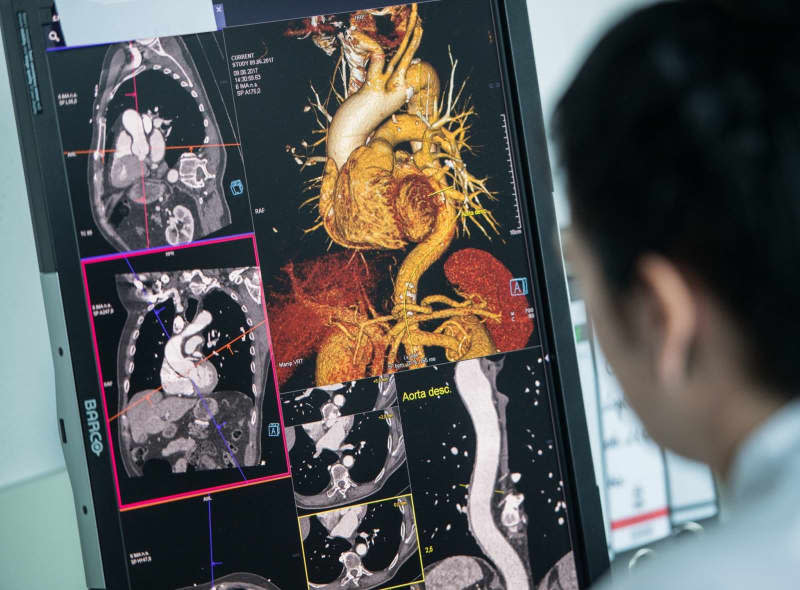Why it matters that the aorta is now classified as an organ

The aorta, the body's main artery, is being given a special honour of the medical world: recognition as an independent human organ.
"This is a big step," says Martin Czerny from the Freiburg University Hospital in Germany. "Recognising the aorta as an organ puts it on a par with the heart, lungs and brain."
The new organ status is valid in countries of the European Union as well as in the US, after it was defined in the guidelines for aortic surgery treatments of the European Association for Cardiothoracic Surgery (EACTS) and the US Society of Thoracic Surgeons (STS).
For patients, it makes a difference because the clinical process is now likely to be different - and, it is hoped, more optimized - for many seeking treatment with aortic diseases.
Until now, it was common for aortic diseases to be treated either in cardiac surgery or in vascular surgery, depending on their type and location.
"The new guidelines clearly recommend bundling the treatment of the aorta into a separate speciality, of course in close coordination with other specialities," explained Czerny, who is also the medical director of a cardiovascular surgery hospital in Germany.
This development will improve the treatment of aortic ruptures and other serious diseases, Czerny says.
The aorta is responsible for transporting oxygen-rich blood from the heart into the body. This large blood vessel - the largest artery in the body - extends from the left ventricle to vessels in the pelvic area. The aorta also plays an important role in regulating blood pressure and blood flow velocity.

